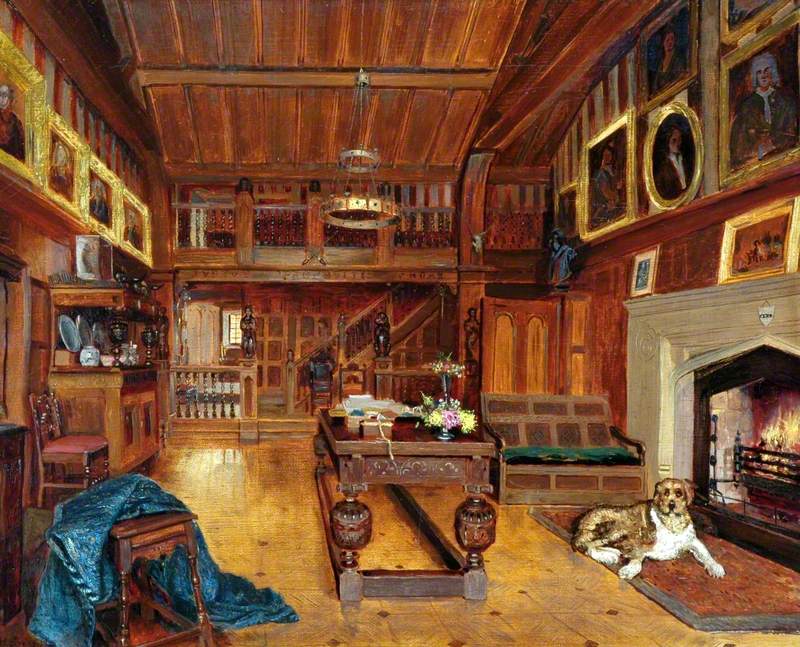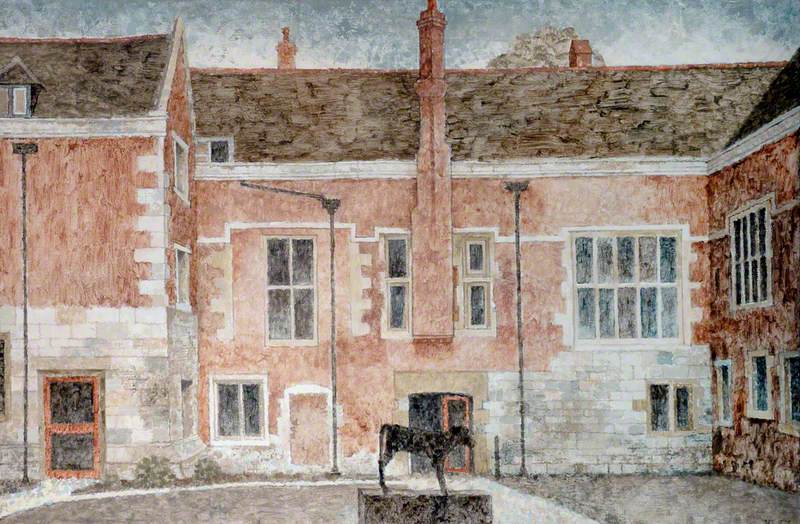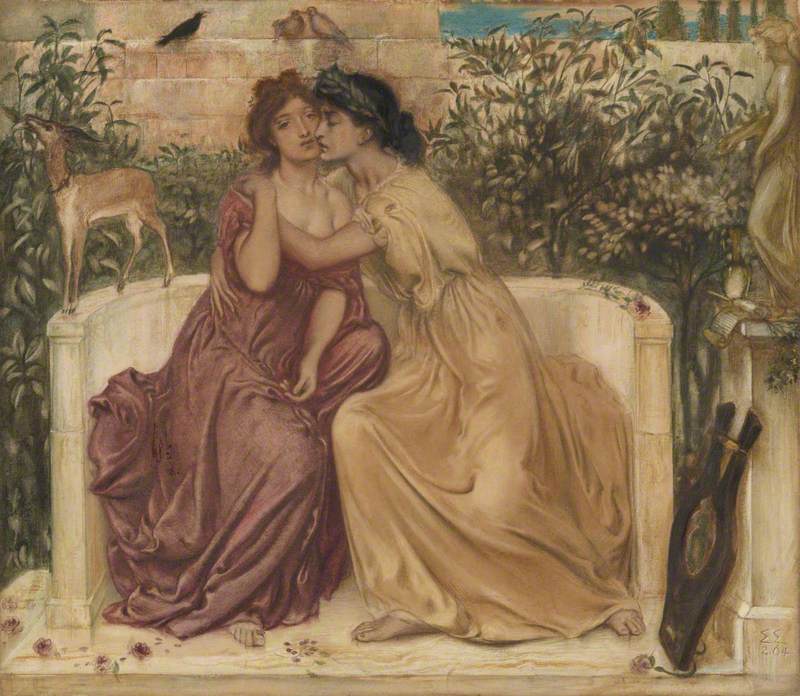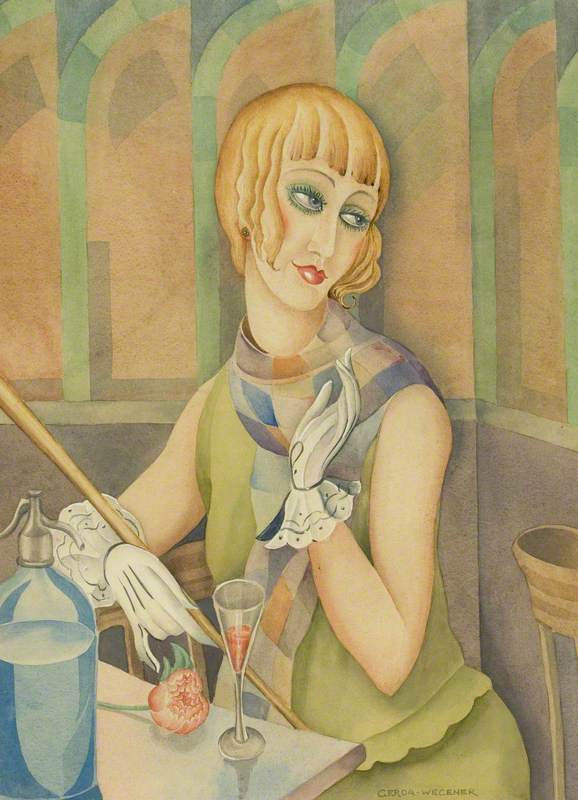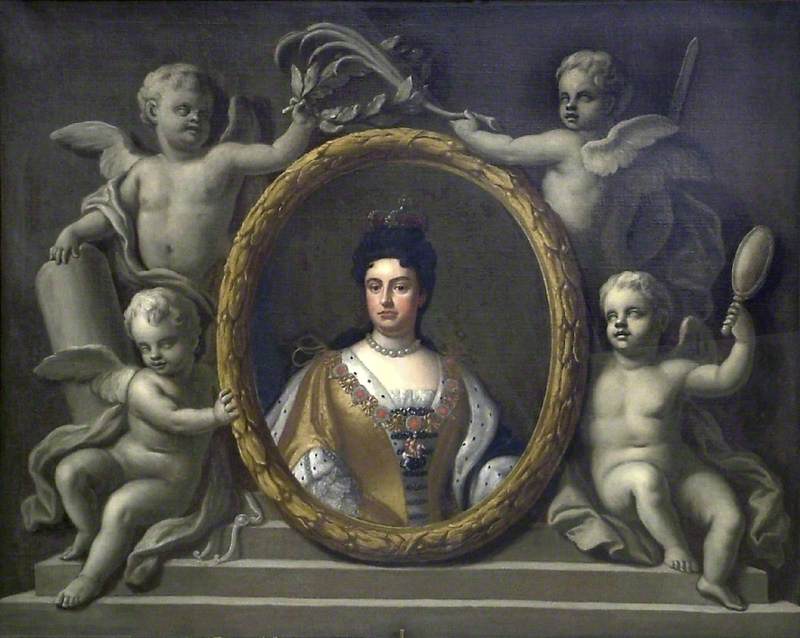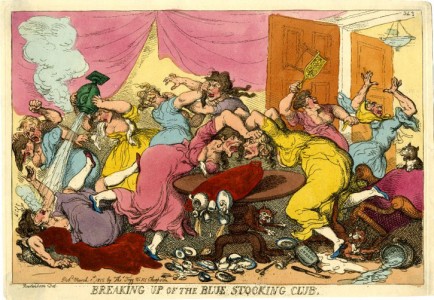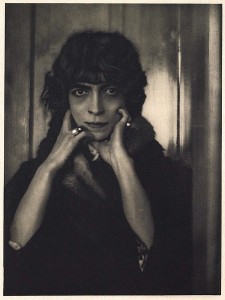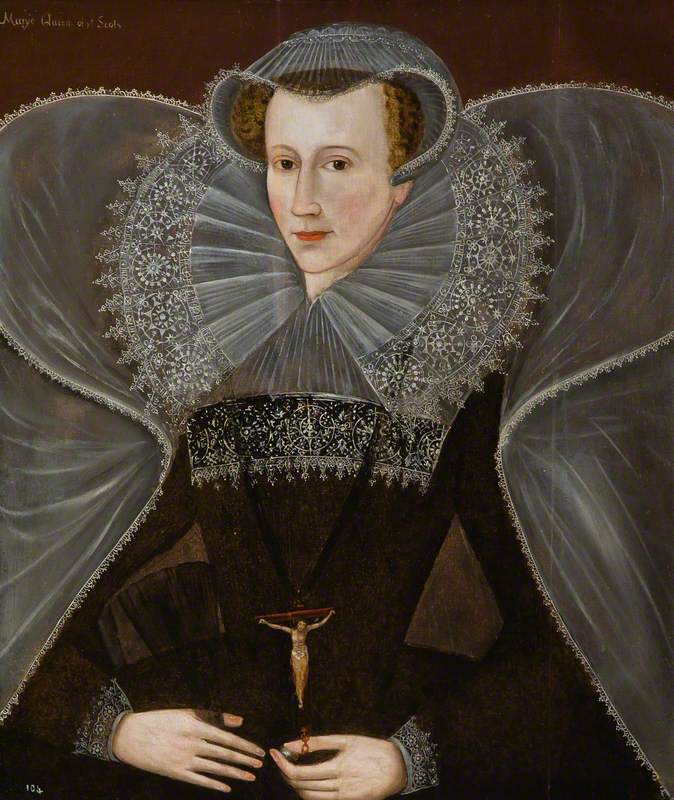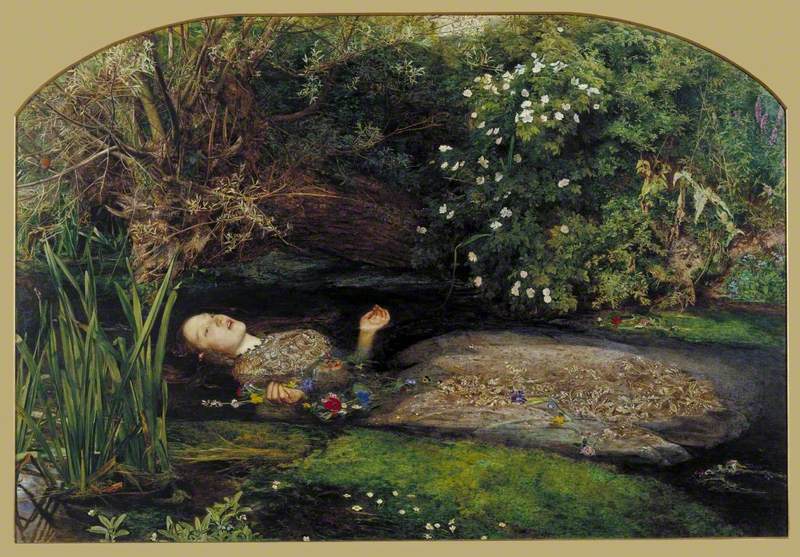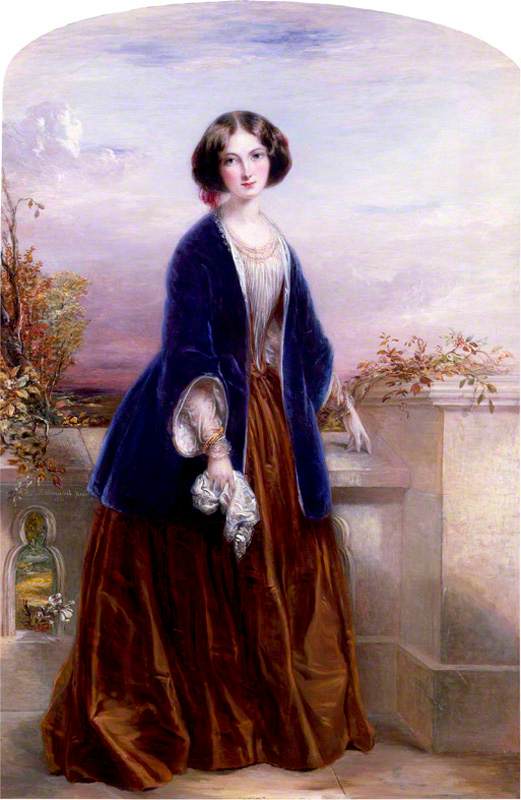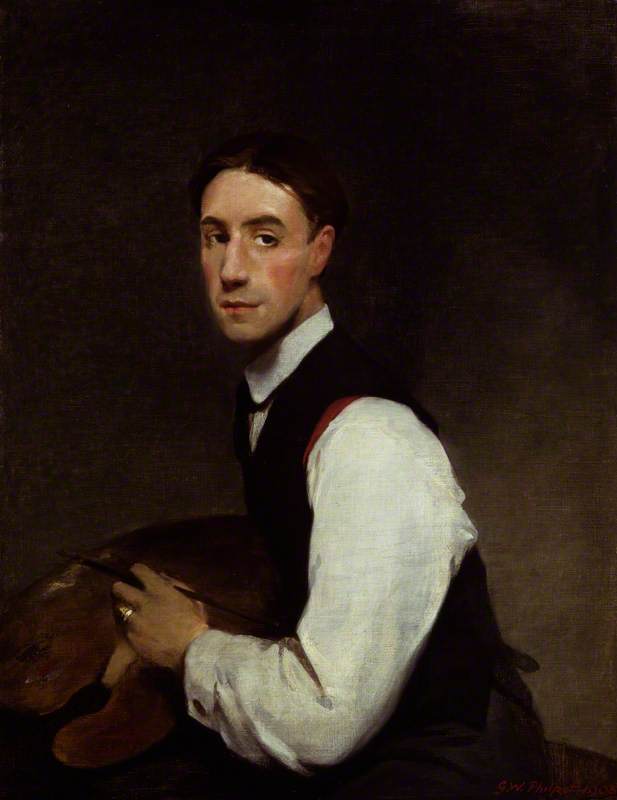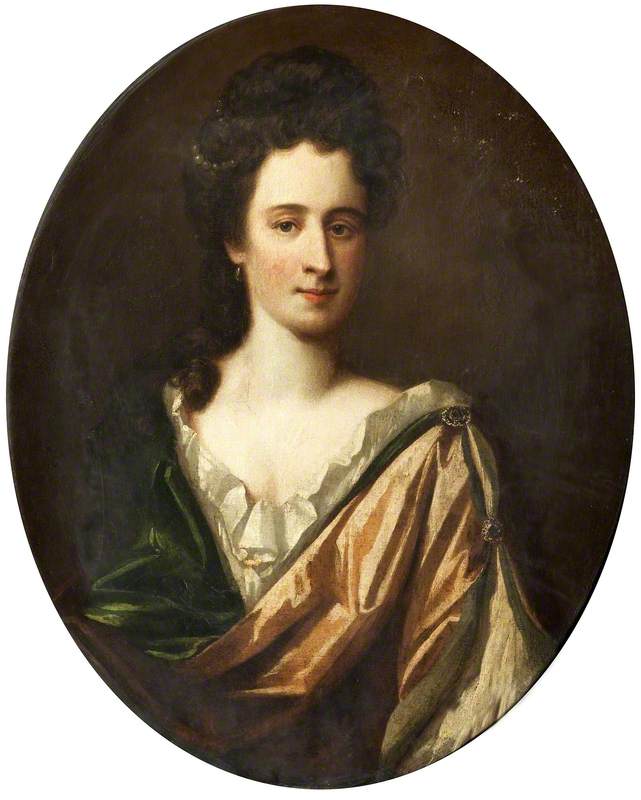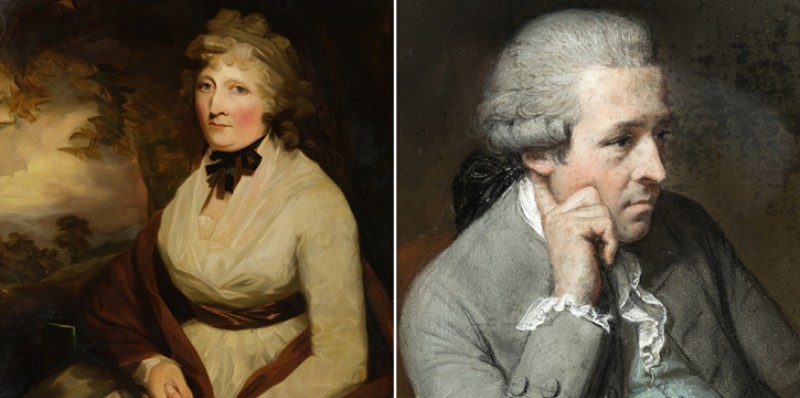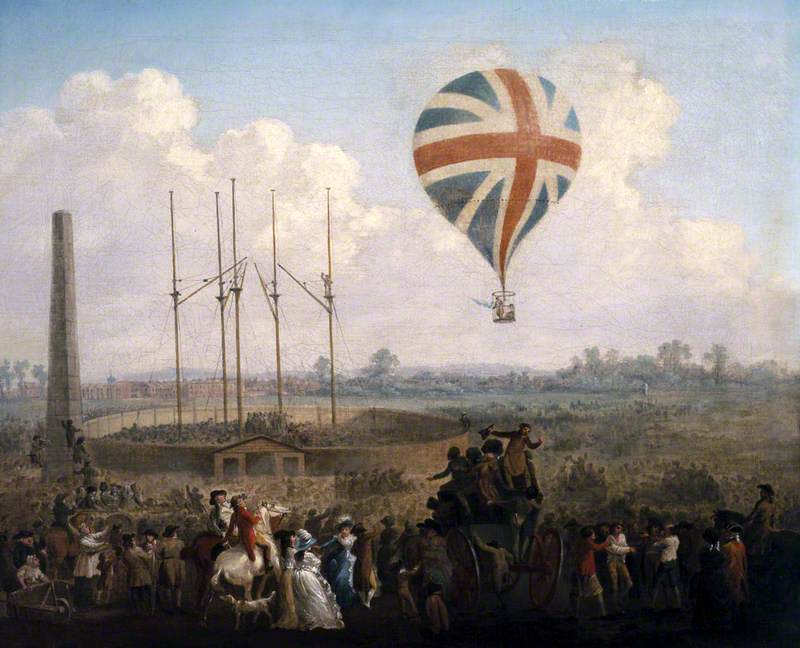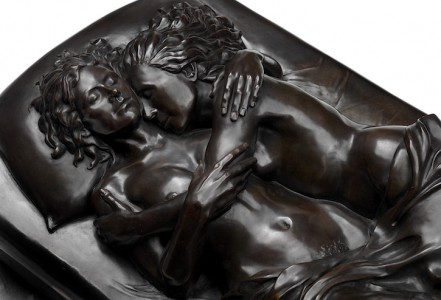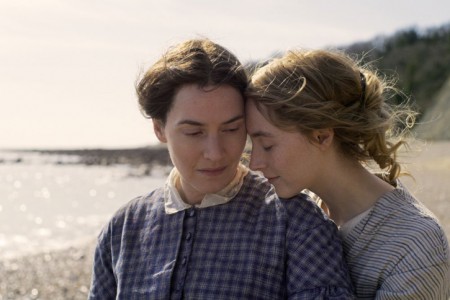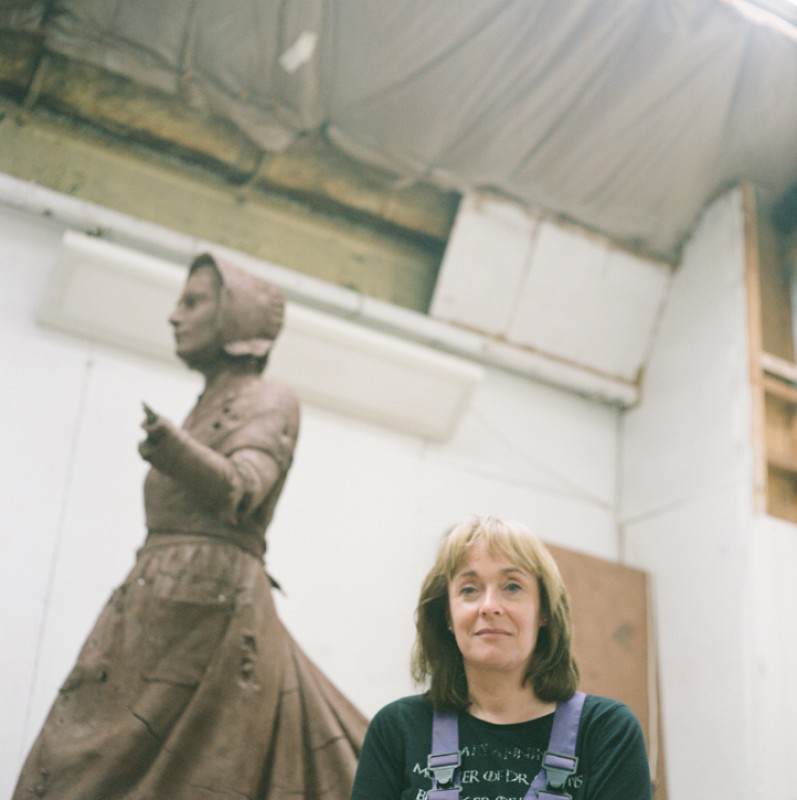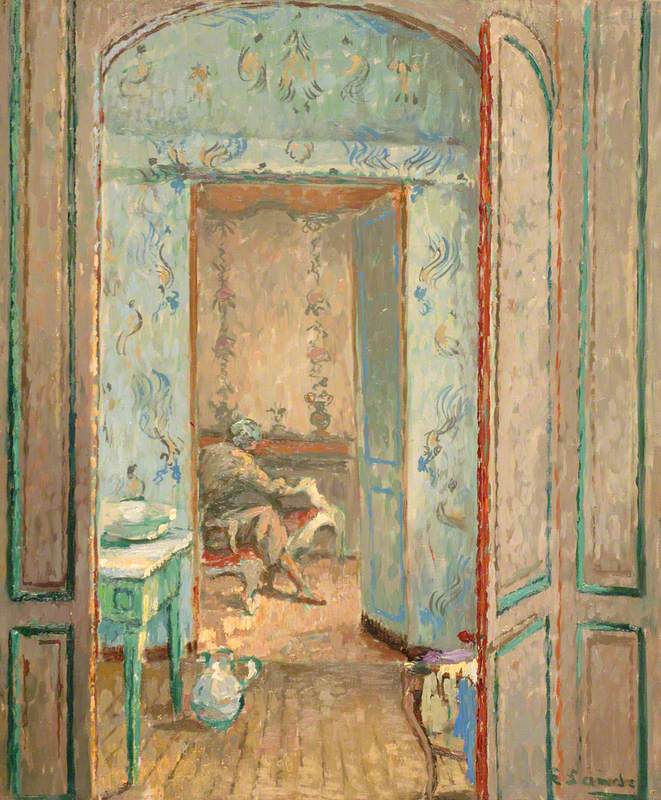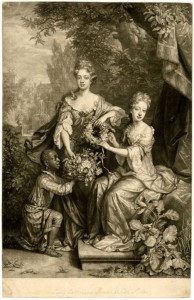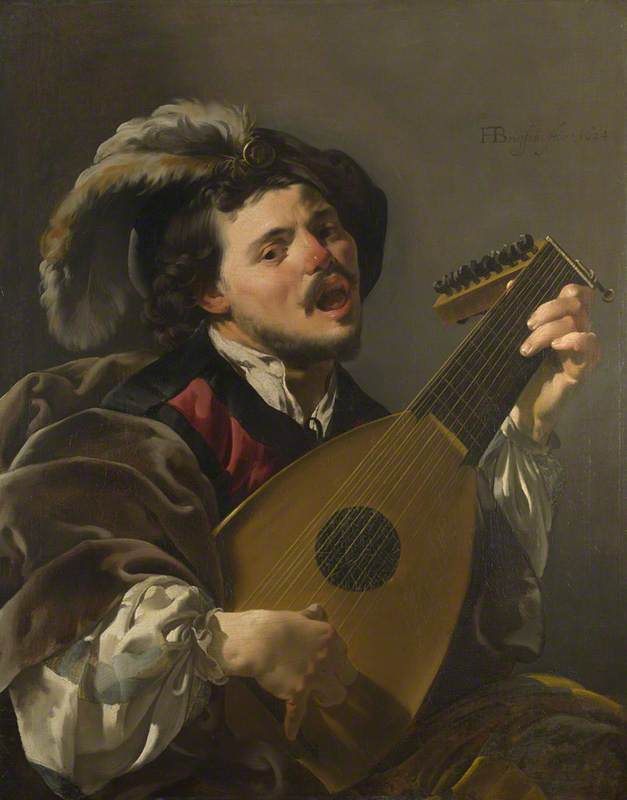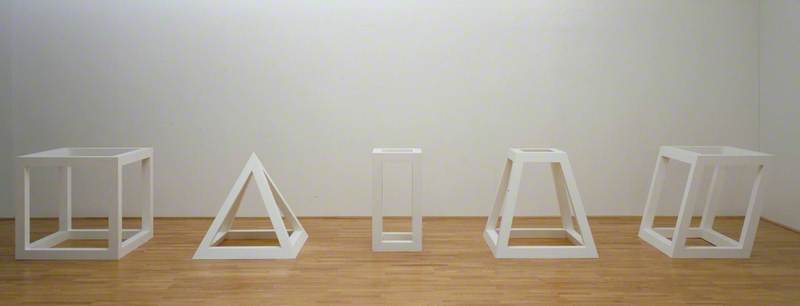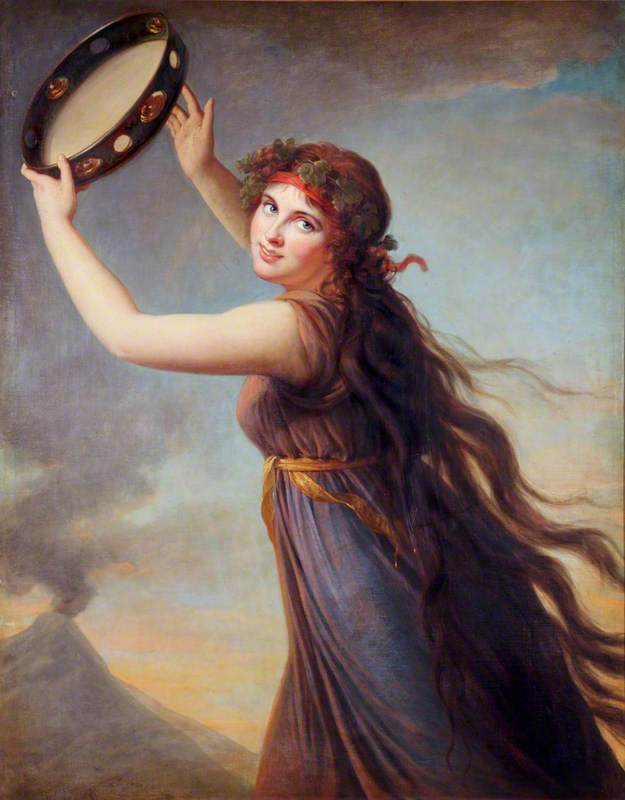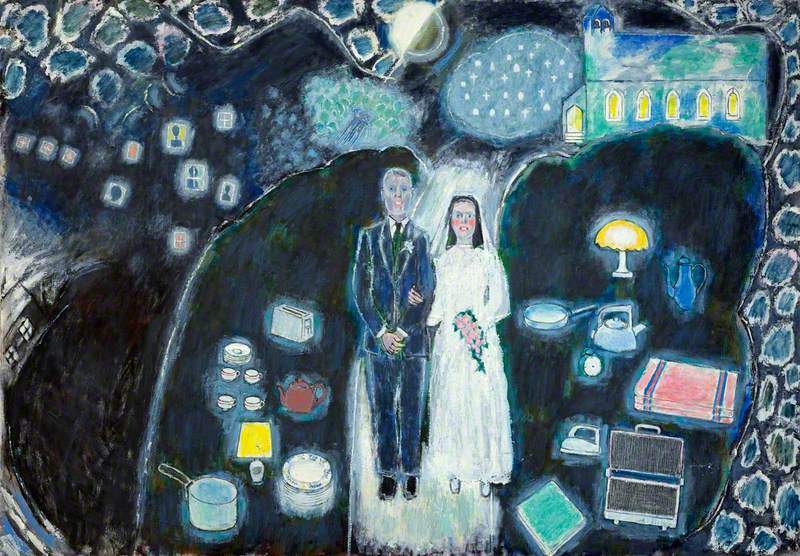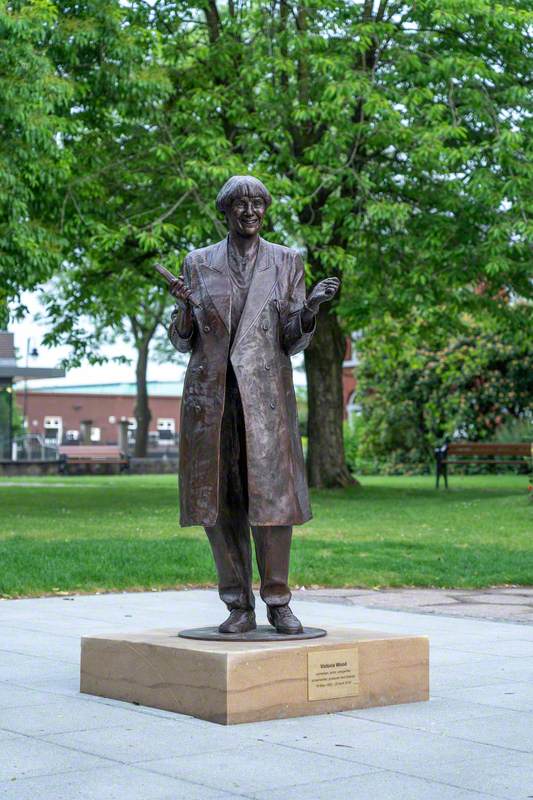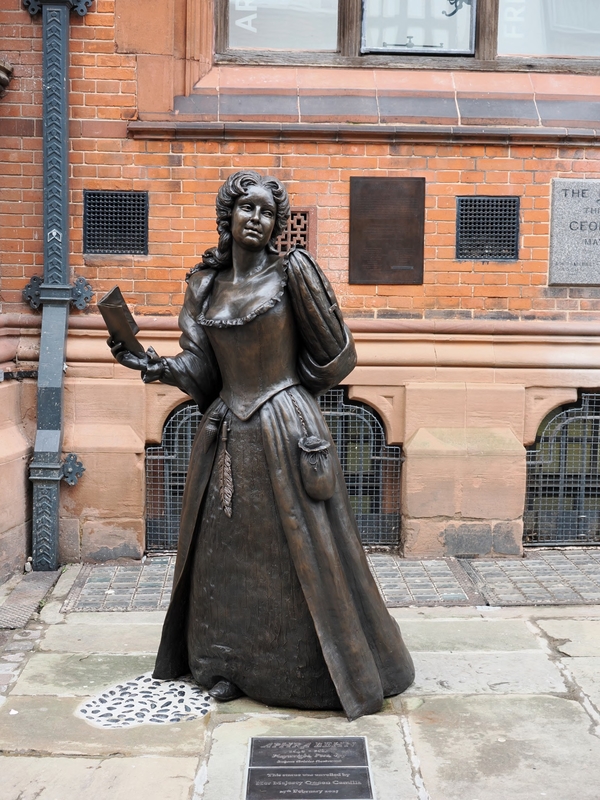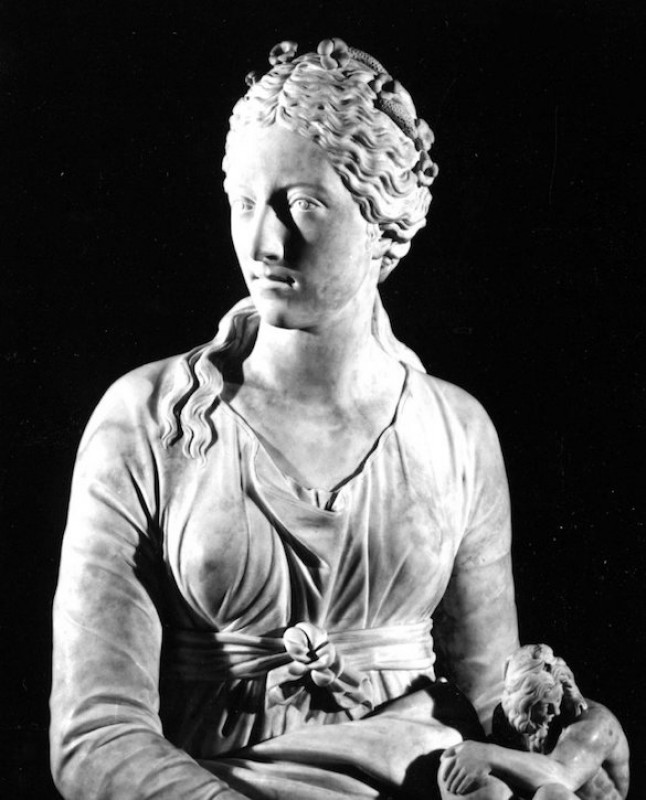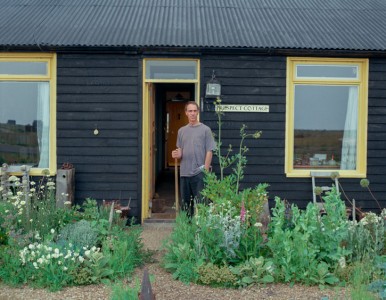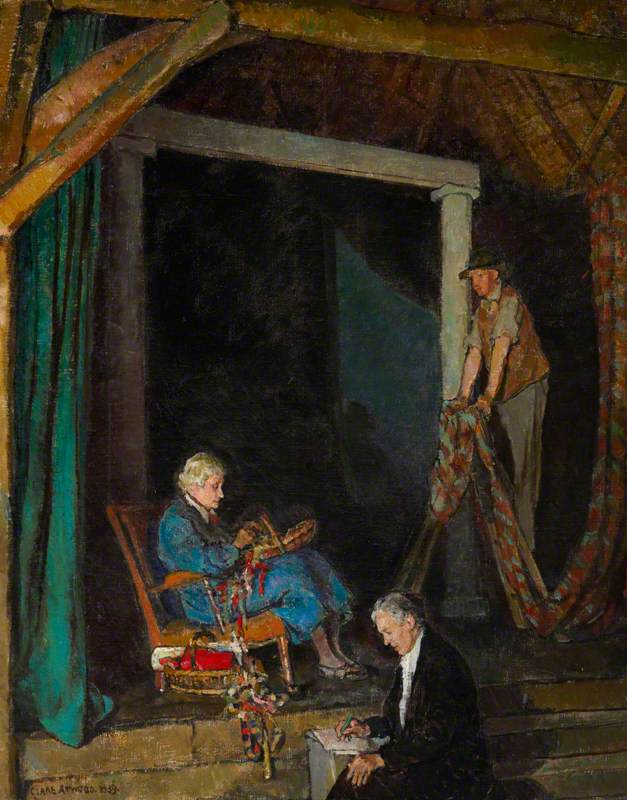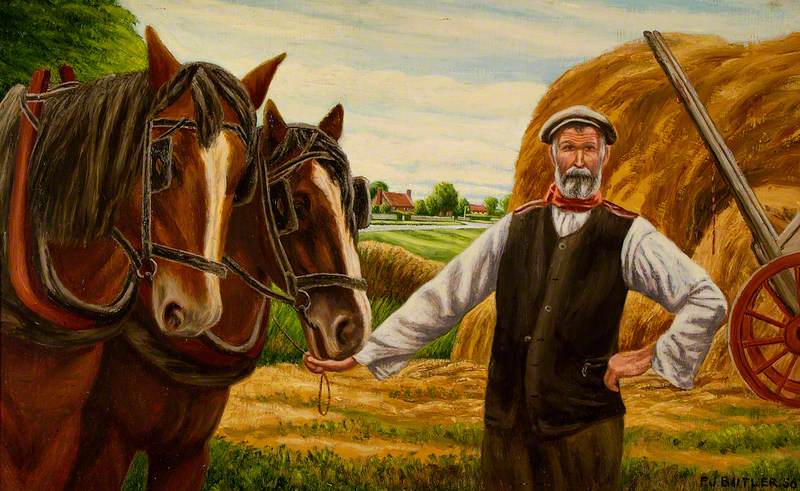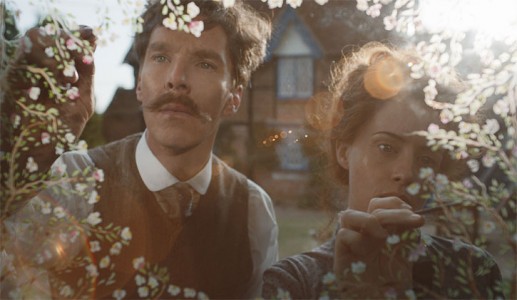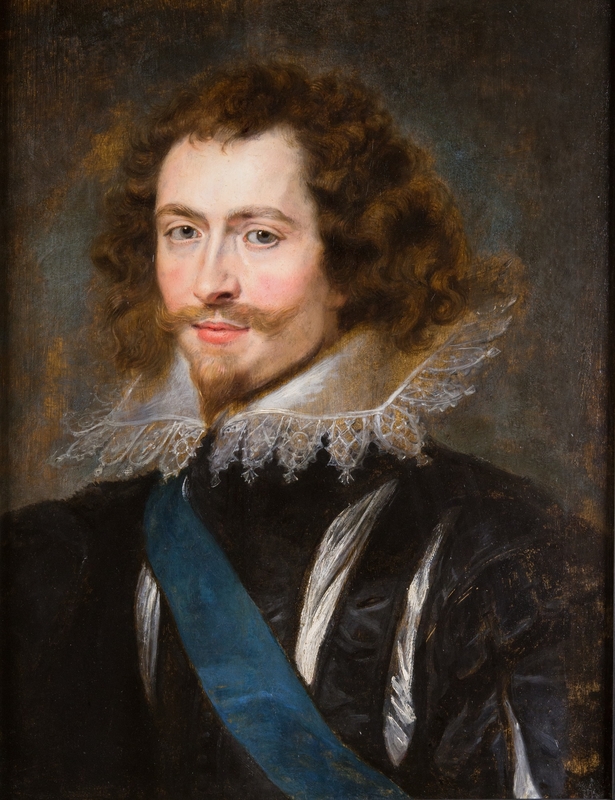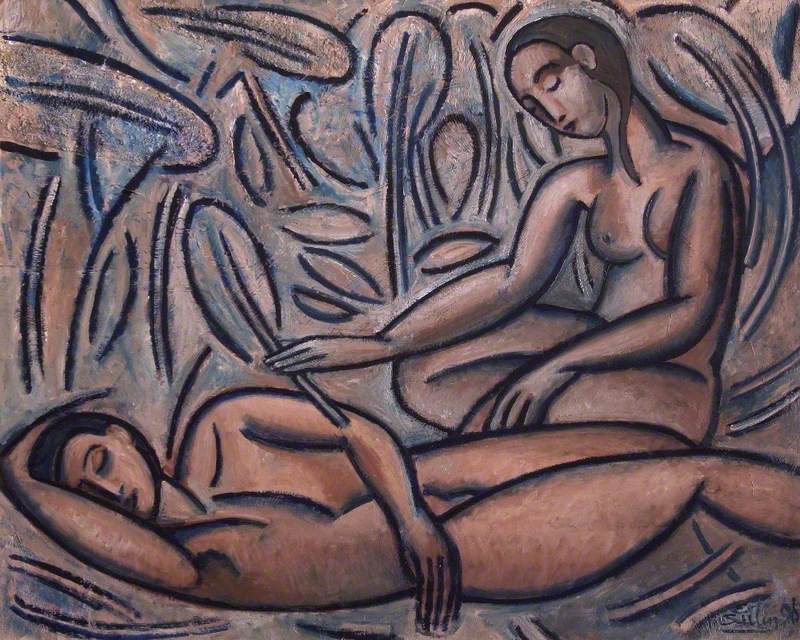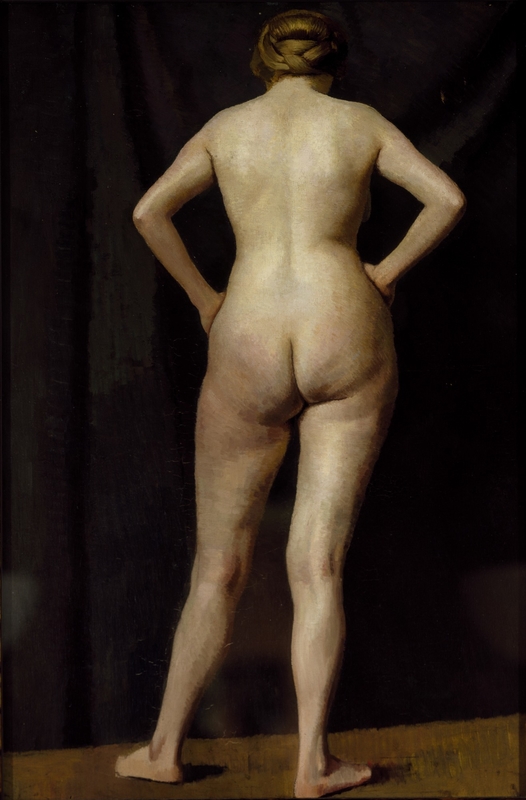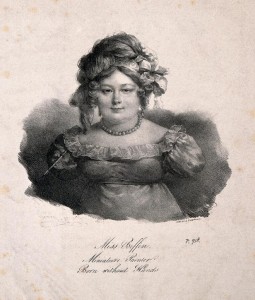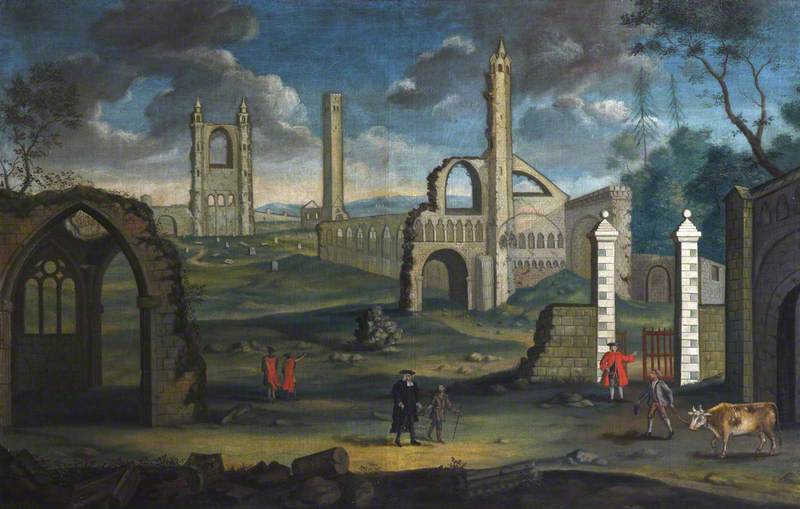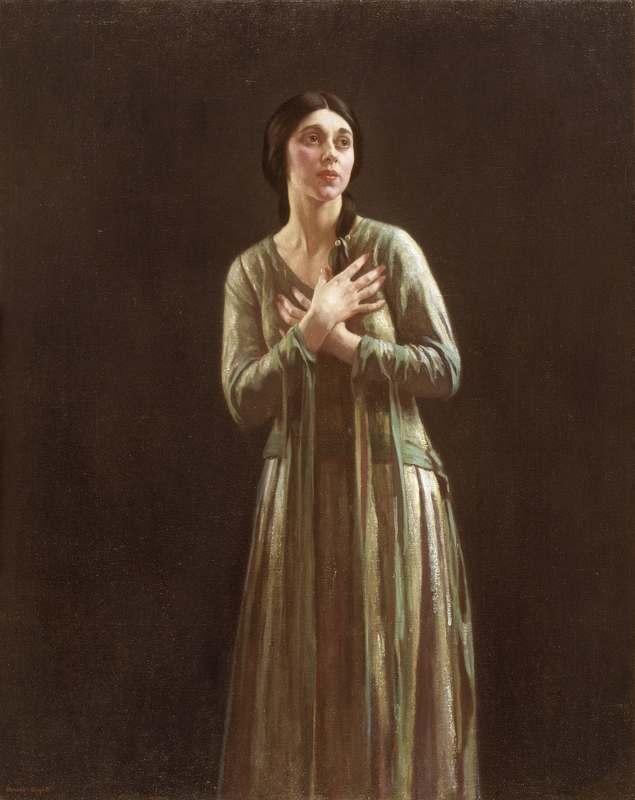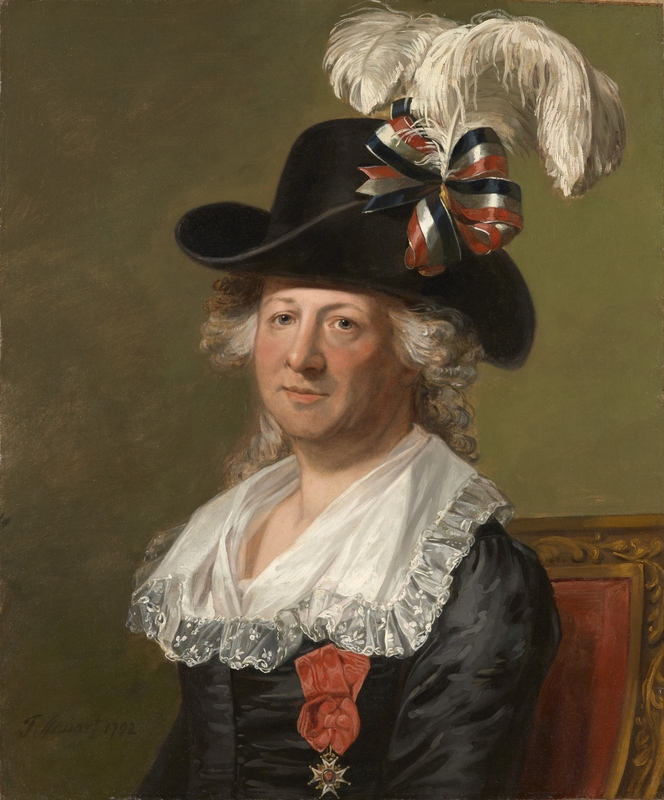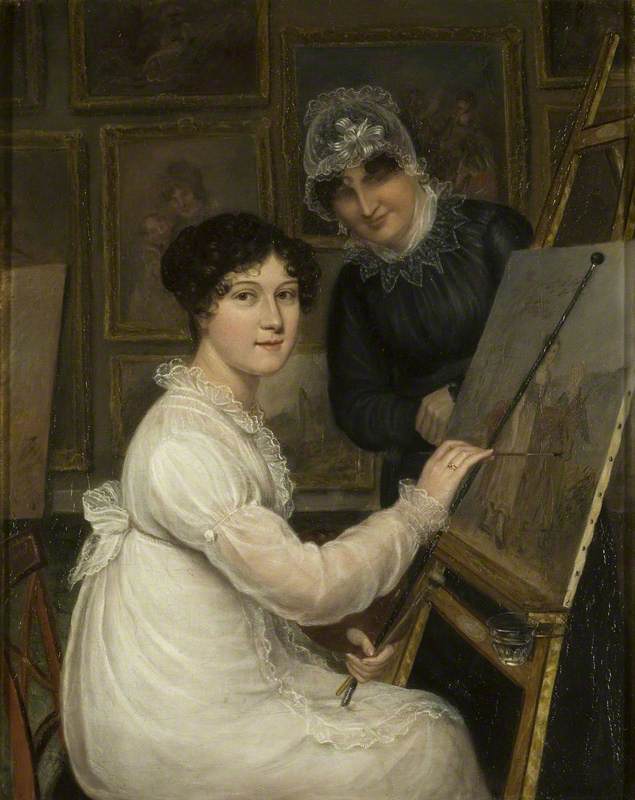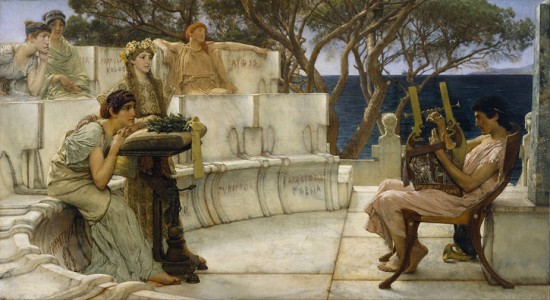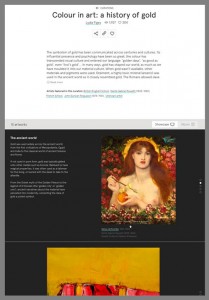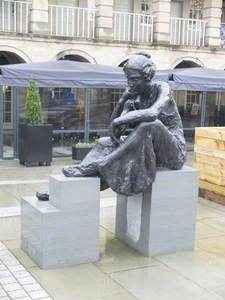You may not have heard of Anne Lister (1791–1840), but a new period drama by Sally Wainwright may change all that. Starring Suranne Jones, the BBC One/HBO co-production Gentleman Jack tells the remarkable life story of one of history's most courageous lesbians.
Anne Lister was the first woman in England to openly marry another woman in 1834 – a marriage not technically recognised under law. Her encrypted diaries, written between 1806 and 1840, explicitly detail her romantic and sexual relationships with women.
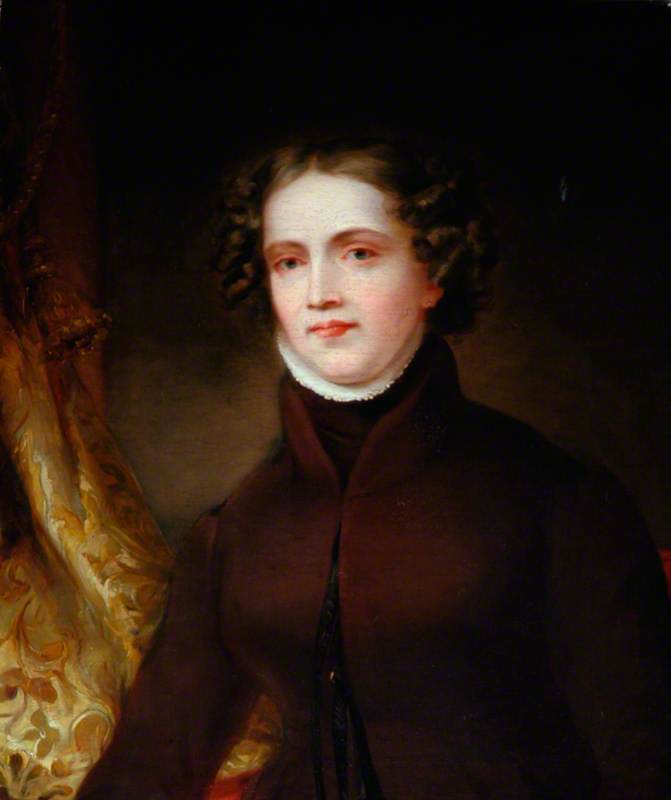
Image credit: Calderdale Metropolitan Borough Council
Anne Lister of Shibden Hall (1791–1840)
Joshua Horner (1811–1881) (attributed to)
Calderdale Metropolitan Borough CouncilDiscovered many years after her death, the diaries were hidden by her descendants. Lister's story is intriguing not only because it points to the repeated censorship of LGBTQI+ history, but also because it goes against the grain of the general impression of society at the time (think Jane Austen).
So how did Anne manage to live so openly as a lesbian?
Early life
Anne was born in 1791 in Halifax, West Yorkshire, a region that had accumulated wealth by the 1800s thanks to the industrial revolution. Born to a British military officer Jeremy Lister and a woman called Rebecca Battle, Anne was later raised in Shibden Hall, a fifteenth-century Tudor manor that belonged to the Lister family for over two centuries.
Before reaching adulthood, Anne lived through the deaths of her four siblings (her one surviving sister was called Marian) and eventually her parents. Without friends, she confided in her journal which she wrote in obsessively from childhood through to adulthood.
Aged seven, Anne was sent to boarding school in Ripon. She recalled being whipped every day while there, possibly as punishment for her tomboyish appearance. At fourteen she was sent to the Manor House boarding school in York, where she would encounter her first sexual relationship with another young girl called Eliza Raine.
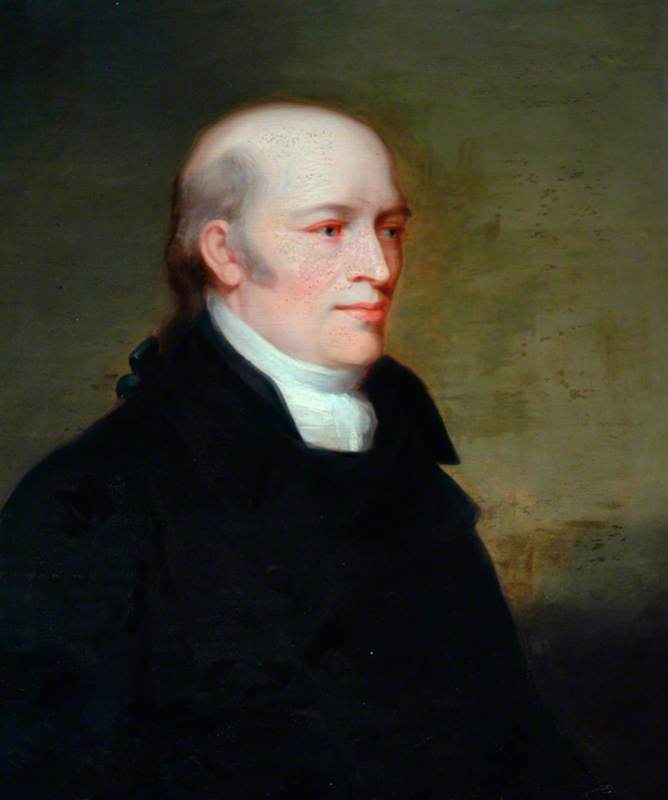
Image credit: Calderdale Metropolitan Borough Council
Joshua Horner (1811–1881) (attributed to)
Calderdale Metropolitan Borough CouncilIn 1815, Anne came to live permanently at Shibden Hall with her uncle and aunt. As the eldest surviving heir of the Lister family, upon her uncle's death in 1826, she inherited the estate.
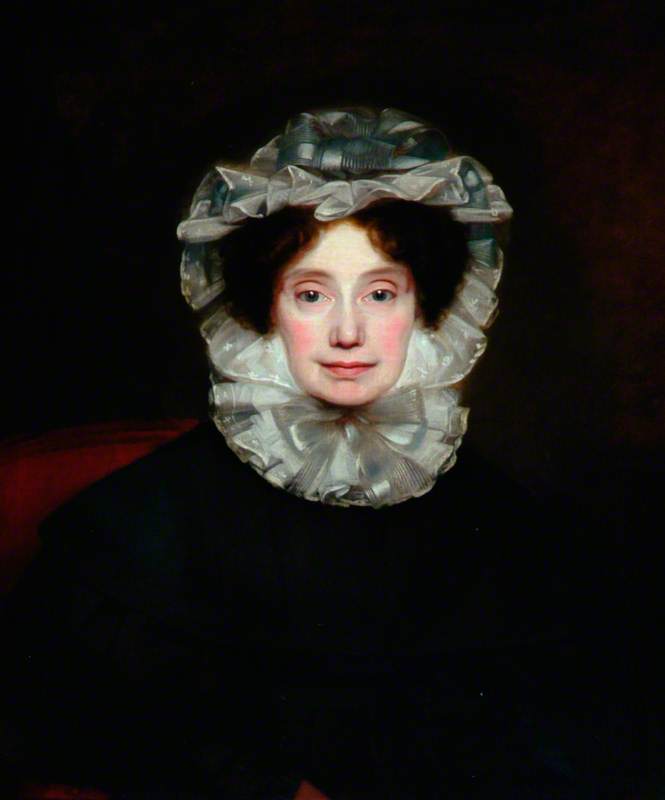
Image credit: Calderdale Metropolitan Borough Council
Anne Lister (1765–1836) (The Elder Aunt) 1833
T. Binns (active 1833–1856)
Calderdale Metropolitan Borough CouncilAmong the residents of Halifax, Anne was infamous for dressing entirely in black and for her masculine appearance, earning her the nickname 'Gentleman Jack'. She once wrote in her journal: 'The people generally remark, as I pass along, how much I am like a man.'
In the early nineteenth century, it was rare for a young woman to be both unmarried and a landowner in her own right. It is likely that Lister was scrutinised for living so independently, as if she were a man rather than a respectable young woman. She would become an astute businesswoman and used her income to buy shares in the mining, stone, railway and canal industries.
Romantic relationships
'I love and only love the fairer sex and thus beloved by them in turn, my heart revolts from any other love than theirs.' – 29th January 1821
Anne's first love was Eliza Raine, a half-Indian girl with whom she shared a room at boarding school (the building is depicted in the painting below). By the age of fifteen, they were involved in a passionate relationship undetected by their teachers. Eventually, Anne was asked to leave school because the teachers feared she was 'corrupting' the other girls.
When Anne ended the relationship (she was allegedly pursuing other girls), heartbroken Eliza descended into a deep state of depression, ultimately leading to her committal into an asylum. She never recovered from her condition.
Anne's second relationship, which was perhaps the true love of her life, was with a girl called Mariana Belcombe. Their intense romance lasted for several years and the two women regularly travelled the 40 miles between York and Halifax to see one another. In Anne's diary, the words 'grovelling' and 'kiss' were used to disguise the meanings of sex and orgasm. Anne wanted to marry Mariana, though because she had not yet inherited wealth they were prevented from living independently.
In 1815, Mariana was forced to marry a wealthy male widower. Anne's diary extracts around this time reveal her anguish and rage towards Mariana for accepting the union, though the two women continued to see one another for years after Mariana's betrothal. Towards the end of their relationship, Mariana became increasingly fearful that their love would be exposed and ridiculed. In one diary extract, Anne wrote of Mariana's embarrassment: 'It was overhearing one of the post boys say I was a man in petticoats that set her wrong.'
By the time she was in her 30s, Anne was travelling around Europe and mingling in high society, meeting cosmopolitan and aristocratic women such as Vera Hobart, a lady whom Anne desired (though they never had sexual relations – much to her disappointment). She also met Queen Marie of Denmark.
Upon returning to Yorkshire, Anne met Ann Walker of Lidgate, a wealthy woman with whom she would spend the rest of her life – and marry two years later. A diary extract dated from 8th October 1832 illustrates the sexual relationship between Anne and Walker.
'We soon got to kissing again on the sofa... at last I got my right hand up her petticoats and after much fumbling got through the opening of her drawers and touched (first time) the hair and skin of queer. She never offered the least resistance.'
In 1834, the two women exchanged rings and took the sacrament together on Easter Sunday in Holy Trinity Church, Goodramgate, York.
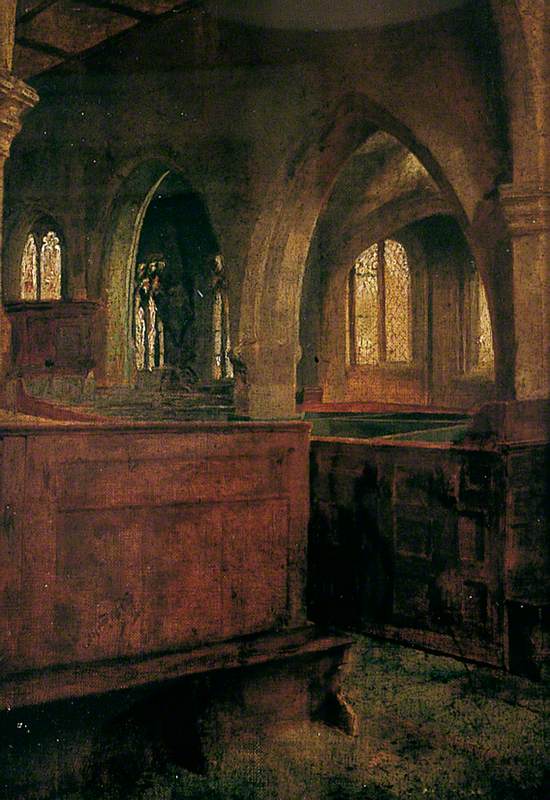
Interior, Holy Trinity, Goodramgate, York c.1880
Henry Moore (1831–1895) (attributed to)
York Museums TrustThe same year Walker moved to Shibden Hall permanently, to the disapproval of her family.
Female cohabitation in the nineteenth century
Although homosexuality was illegal, lesbianism was not officially acknowledged in the nineteenth century. Some historians have even argued that erotic relations between women were encouraged, as a way to prepare women for marriage. While there was no vocabulary for female sexuality, let alone female homosexuality, it was informally accepted that women sometimes had intimate or passionate friendships with one another.
In fact, female cohabitation wasn't entirely uncommon in the nineteenth century. The infamous Ladies of Llangollen, Eleanor Butler and Sarah Ponsonby, became a prominent couple. It is likely that Anne was in contact with the two women, as records show that they mixed in the same social circles and perhaps even dined together.
By the late nineteenth century, the term 'Boston Marriage' came into use after the publication of Henry James' novel The Bostonians (1886). The book was about a long-term cohabitation between two unmarried women, who are labelled 'new women'. James' story was based on his own sister, Alice, who spent her life living with another woman.
The diaries of Anne Lister
Anne's extensive diaries chronicled not only her sexual and romantic encounters with women – she marked the number of her orgasms with an 'X' – but also detailed her thoughts on politics, the economy, the industrial activities of Yorkshire, family tensions and Halifax society.
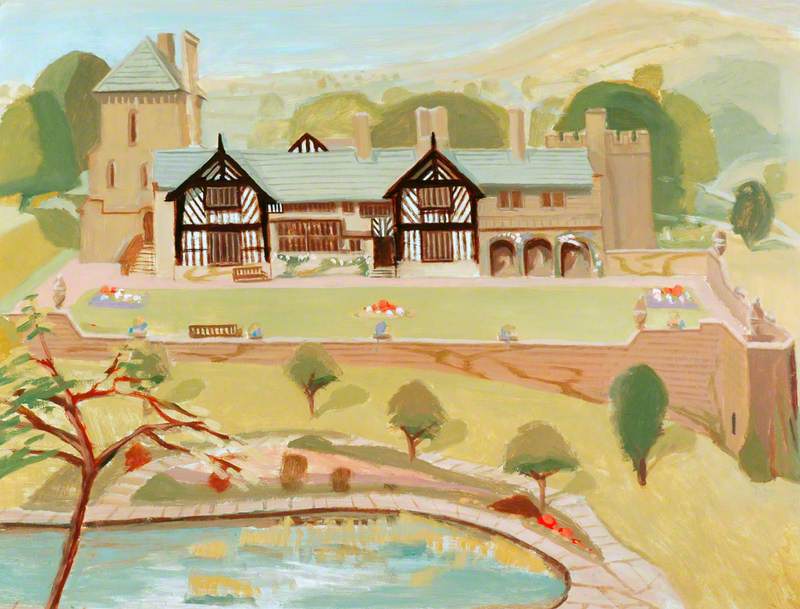
© the artist. Image credit: Calderdale Metropolitan Borough Council
Shibden Hall, View of the Exterior c.1970
Mary Lord (b.1931)
Calderdale Metropolitan Borough CouncilJohn Lister, the last owner of Shibden Hall stumbled upon Anne's hidden diaries at the end of the nineteenth century. After decoding some of her cryptic text he worked out the licentious content of her entries. He was advised to burn the evidence.
Thankfully, John never did burn the books. Instead, the diaries remained hidden behind the dark wooden panelling of Shibden Hall for decades. After John Lister's death in 1933, the house was opened to the public, though the diaries were not made accessible.
In 1982, the Halifax-born historian Helena Whitbread rediscovered them and spent six years deciphering Anne's code. In 1988, she published the book I Know My Own Heart: The Diaries of Anne Lister 1791–1840. Whitbread continues to work on Anne's diaries and has spent over three decades deciphering Anne's invented language.
Anne Lister was a truly remarkable woman. In a time when homosexuality was generally regarded as abhorrent, Anne's unashamed pursuit of female love demonstrates her independence of mind.
In 2021 a statue to Anne Lister was unveiled in Halifax's Piece Hall.
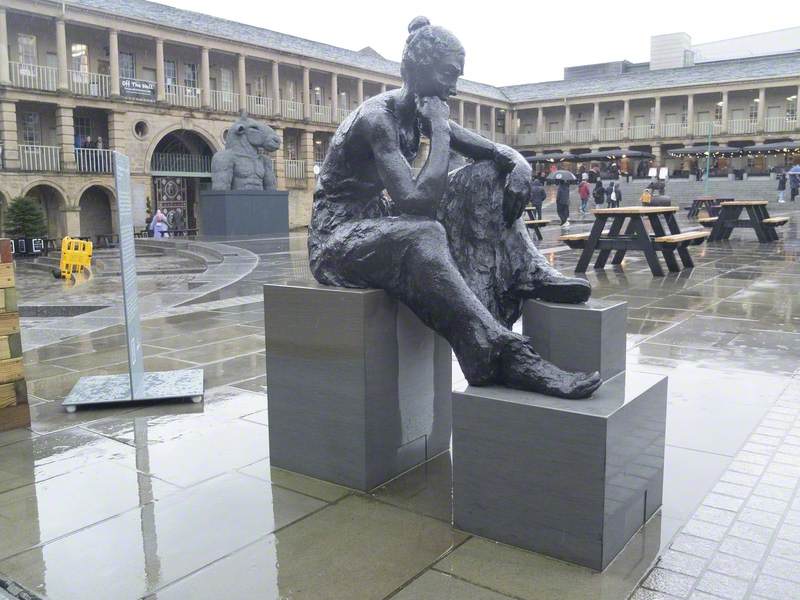
© the artist. Image credit: Mary P Crowther / Art Uk
Contemplation, Anne Lister (1791–1840) 2020–2021
Diane Lawrenson (b.1946)
Piece Hall, Blackledge, Halifax, West YorkshireGentleman Jack airs on BBC One and is available on iPlayer. The show was filmed at Anne's home of Shibden Hall in Halifax, which today is a museum open to the public where it is possible to view Anne's diaries.
Lydia Figes, Content Creator at Art UK
Anne Lister's portrait is available to buy as a framed or unframed print from the Art UK Shop. Mugs are also available featuring her portrait and quotes.
